Table of content
Gourds, a versatile and nutrient-rich staple in kitchens worldwide, often arrive in abundance during harvest seasons. From butternut squash and pumpkins to zucchini and luffa, these vegetables offer culinary flexibility but pose a challenge: how to prevent spoilage when quantities exceed immediate consumption. Proper preservation techniques not only reduce food waste but also extend the shelf life of gourds, allowing home cooks to enjoy their flavors and health benefits year-round. This comprehensive guide explores science-backed methods to store, freeze, dry, and transform leftover gourds into pantry staples, ensuring not a single morsel goes to waste.
Understanding Gourd Composition: Why They Spoil
Before diving into preservation strategies, it’s essential to grasp the biology of gourds. These vegetables belong to the Cucurbitaceae family, known for their high water content (typically 90–95%), carbohydrates, vitamins (A, C, and B-complex), and minerals. Their flesh is rich in enzymes like polyphenol oxidase and pectinase, which, when exposed to air, heat, or moisture, accelerate browning and softening. Additionally, gourds have a thin, permeable skin that offers minimal protection against microorganisms, making them prone to mold, rot, and dehydration if stored improperly.
Refrigeration: Short-Term Storage Solutions
Refrigeration is ideal for gourds intended for use within 1–4 weeks. However, not all varieties respond equally to cold temperatures.
Best Practices:
- Temperature Control: Store whole gourds at 50–55°F (10–13°C) with 50–70% humidity. A basement, garage, or cool pantry mimics natural conditions. If using a refrigerator, place them in the crisper drawer to maintain humidity.
- Avoid Ethylene Producers: Gourds are sensitive to ethylene gas emitted by apples, bananas, and tomatoes. Separate them to prevent premature ripening and spoilage.
- Check for Damage: Bruised or cut gourds should be wrapped in perforated plastic or beeswax cloth to slow moisture loss. Consume within 5 days.
Shelf Life by Variety:
- Hard-Skinned Gourds (e.g., Butternut, Acorn): 1–3 months in a cool, dark place; 2–4 weeks refrigerated.
- Soft-Skinned Gourds (e.g., Zucchini, Yellow Squash): 3–5 days at room temperature; 7–10 days refrigerated.
Freezing: Locking in Freshness for Months
Freezing is a game-changer for long-term storage, halting enzymatic activity and microbial growth. Proper preparation prevents freezer burn and texture degradation.
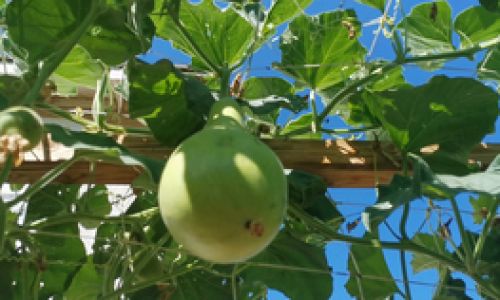
Step-by-Step Freezing Guide:
-
Preparation:
- Wash gourds thoroughly to remove dirt and pesticides.
- Peel if desired (skin toughens post-freezing).
- Cut into uniform slices, cubes, or puree for easier future use.
-
Blanching (Optional but Recommended):
- Boil water in a large pot.
- Submerge gourd pieces for 2–4 minutes (adjust time by thickness).
- Transfer to an ice bath to stop cooking.
- Why Blanch? It deactivates enzymes that cause off-flavors and texture changes.
-
Packaging:
- Use freezer-safe bags or containers, removing excess air.
- Label with date and contents.
-
Storage:
- Freeze at 0°F (-18°C) or below.
- Shelf Life: 8–12 months for optimal quality.
Thawing Tips:
- Refrigerate overnight for cooking.
- Add frozen directly to soups or stews (no need to thaw).
Canning: Shelf-Stable Preservation
Canning transforms gourds into jars of readiness, perfect for stews, pies, or side dishes. Two methods dominate: water bath canning (for high-acid foods) and pressure canning (for low-acid vegetables).
Pressure Canning Gourds:
-
Preparation:
- Peel, cube, or slice gourds.
- Blanch for 2 minutes to soften.
-
Packing Jars:
- Fill sterilized jars with gourd pieces, leaving 1-inch headspace.
- Add 1 tsp salt per quart (optional, for flavor).
- Cover with boiling water, maintaining 1-inch headspace.
-
Processing:

Process in a pressure canner at 11 PSI (adjust for altitude) for 90 minutes (pints) or 110 minutes (quarts).
-
Cooling and Storage:
- Let jars cool undisturbed for 12–24 hours.
- Check seals; store in a cool, dark place for 1–2 years.
Water Bath Canning (for Pickled Gourds):
Pickling raises acidity, making water bath canning safe. Recipes like bread-and-butter zucchini or spicy pumpkin relish are popular choices.
Drying: Concentrating Flavor and Nutrients
Drying removes moisture, creating lightweight, shelf-stable gourd chips or powders.
Methods:
- Oven Drying:
- Slice gourds into ⅛-inch thick rings.
- Bake at 140°F (60°C) for 8–12 hours, flipping occasionally.
- Dehydrator:
Set to 125°F (52°C); dry until brittle (6–10 hours).
- Sun Drying (Arid Climates):
Place slices on screens in direct sunlight for 3–5 days, covering at night.
Storage:
- Store in airtight jars with oxygen absorbers.
- Shelf Life: 6–12 months.
Uses for Dried Gourds:
- Rehydrate in broth for soups.
- Grind into powder for soups, smoothies, or baked goods.
Pickling: Tangy, Long-Lasting Delights
Pickling extends shelf life while adding zesty flavor. Two approaches dominate: refrigerator pickles and shelf-stable versions.
Refrigerator Pickles (Quick & Easy):
- Brine:
Combine 1 cup vinegar, 1 cup water, 1 tbsp sugar, 1 tsp salt, and spices (dill, garlic, peppercorns).

- Packing:
Fill jars with sliced gourds and hot brine.
- Storage:
- Cool and refrigerate; ready in 24 hours.
- Shelf Life: 2–3 months.
Shelf-Stable Pickles:
- Follow canning guidelines, processing jars in a water bath for 10–15 minutes.
Fermentation: Probiotic-Rich Preservation
Fermented gourds, such as squash kimchi or zucchini kraut, introduce beneficial bacteria while enhancing digestibility.
Basic Fermentation Steps:
- Preparation:
- Shred or slice gourds.
- Toss with 2% salt by weight (e.g., 20g salt per 1kg gourd).
- Packing:
- Press into jars, leaving 2 inches of headspace.
- Weigh down with a fermentation weight or cabbage leaf.
- Fermenting:
Keep at 65–75°F (18–24°C) for 1–3 weeks, burping jars daily to release CO2.
- Storage:
- Transfer to the refrigerator once desired tartness is achieved.
- Shelf Life: 6–9 months.
Creative Repurposing: Beyond the Basics
Leftover gourds can inspire innovative dishes and household products:
- Gourd Puree Cubes: Cook, blend, and freeze puree in ice cube trays for easy soup or baby food additions.
- Gourd Leather: Dehydrate puree into fruit-like rolls (add honey or spices for flavor).
- Pet Treats: Bake thin slices into crunchy dog chews.
- Skincare: Use cooked, mashed gourd in DIY face masks (rich in antioxidants).
Troubleshooting Common Preservation Issues
- Mushy Texture Post-Freezing: Overcooking during blanching or improper packaging causes ice crystal formation. Use a vacuum sealer or freezer paper.
- Cloudy Pickle Brine: Yeast or bacteria contamination. Ensure sterilized jars and correct salt ratios.
- Mold in Dried Gourds: Insufficient drying or high humidity. Use a dehydrator with a timer and store with silica packets.
Conclusion: A Sustainable Kitchen Philosophy
Preserving gourds is an act of mindfulness—a commitment to reducing waste, honoring seasonal abundance, and nurturing culinary creativity. Whether you opt for the freezer’s convenience, the canner’s timeless charm, or the fermenter’s probiotic magic, each method connects you to a legacy of resourcefulness. By mastering these techniques, you transform fleeting harvests into lasting treasures, ensuring that every gourd serves a purpose long after its season has passed.
This article equips home cooks with actionable, science-informed strategies to preserve gourds, turning potential waste into a pantry of possibilities. Experiment with these methods, and watch your leftovers evolve into ingredients that delight, nourish, and inspire.
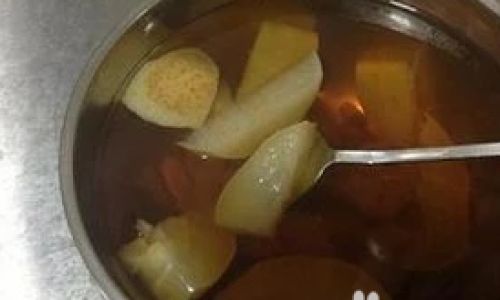
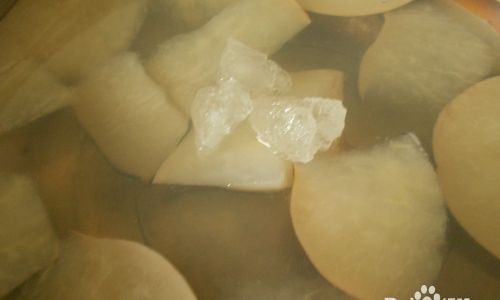
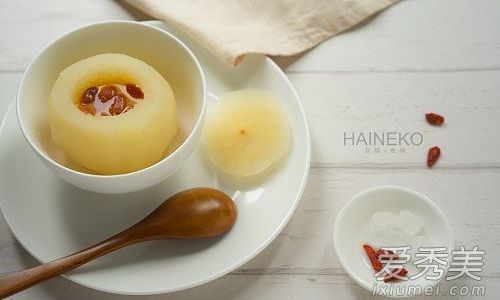
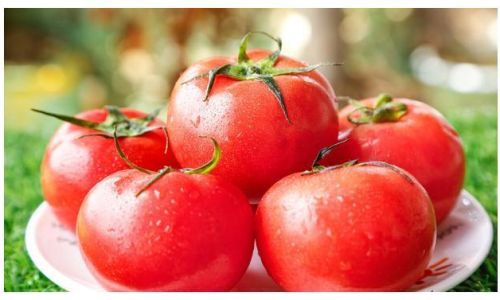
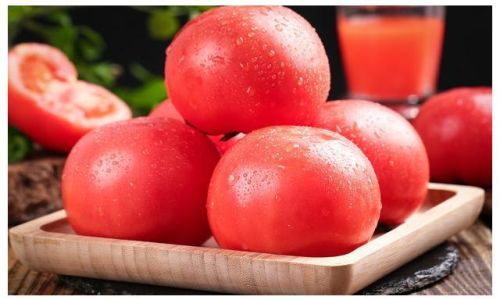
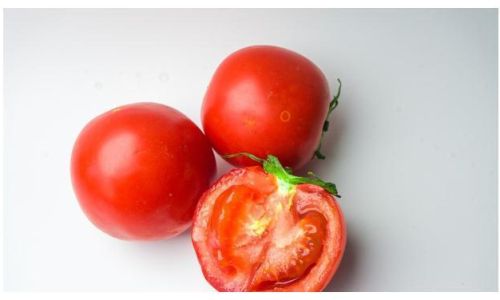
0 comments